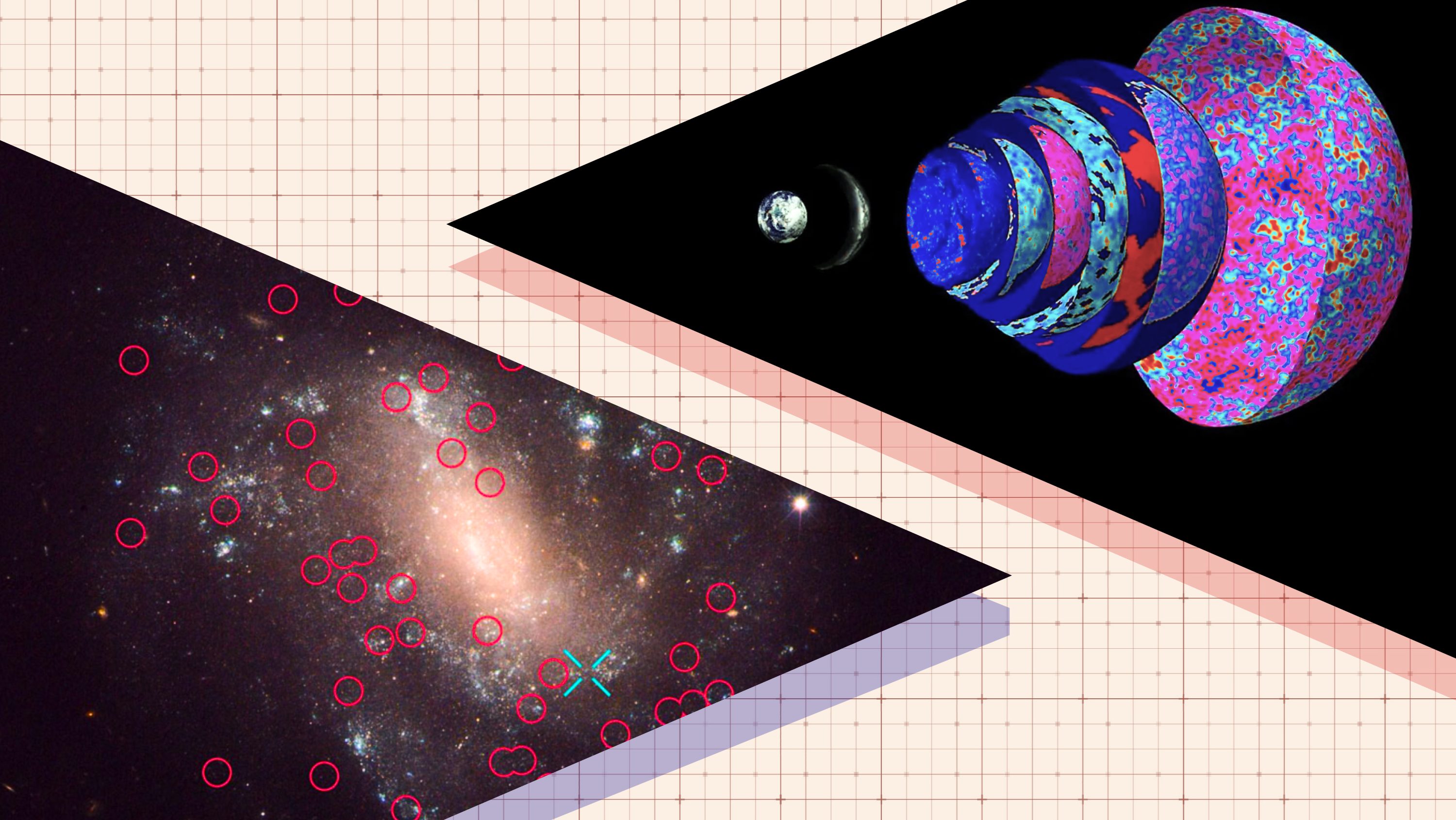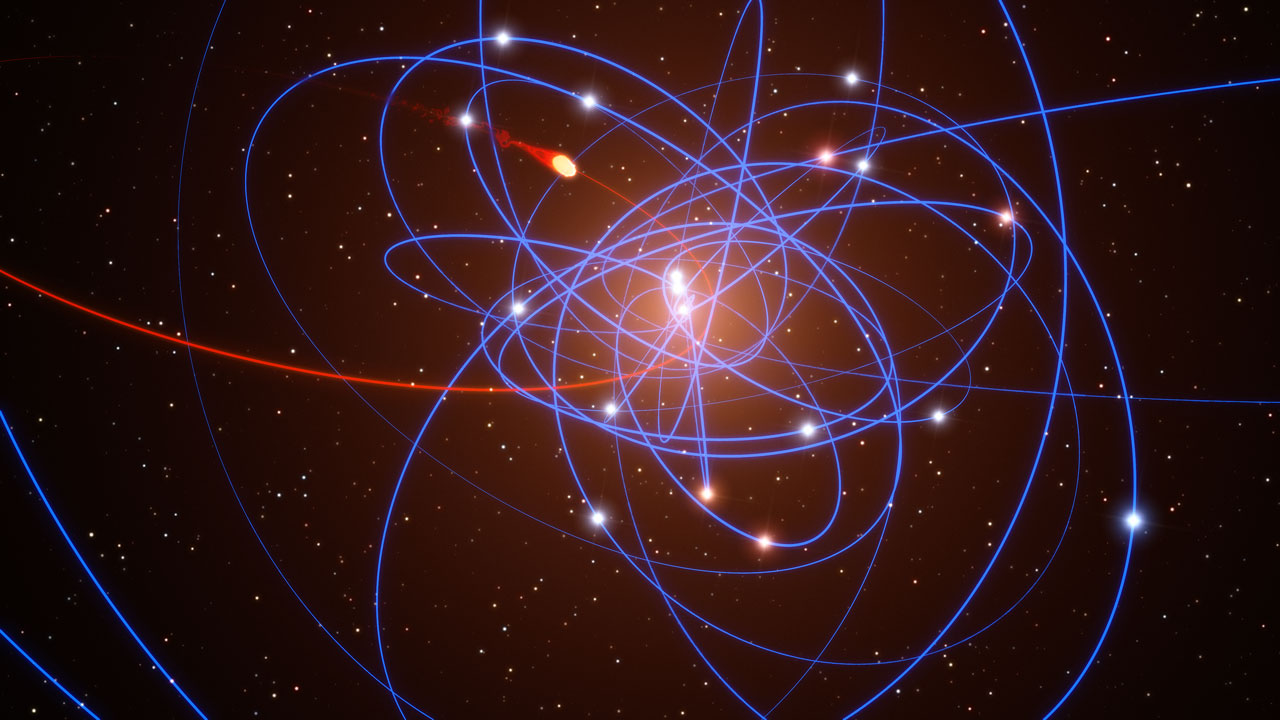The Multiverse is not the answer
Inflation tells us that it’s likely real, but can it be the answer to any of our scientific questions? Probably not.
“Physical reality does not require that we be pleased with its mechanism; we must see the implications of a theory for what they are and not for what we would like them to be.” -Kevin Michel
One of the most fundamental questions we can ask — scientifically — is where does all this come from? And when we ask that, it’s important to define just exactly what it is we mean when we say “all this.”

Yes, of course “all this” includes all the atoms, molecules, cells and creatures that exist on our world, but it also includes so much more.
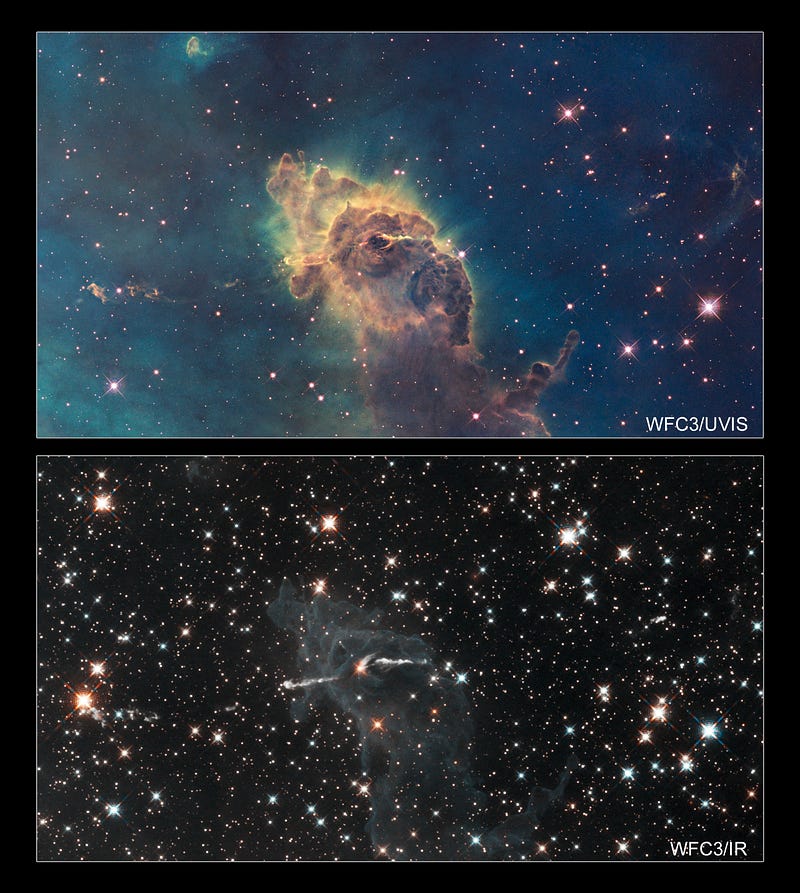
We’re talking about every single particle in the observable Universe, whether that particular particle is observable by us or not. We’re talking about every photon and neutrino, but we’re also talking about every star, galaxy and cluster that’s out there.
But even that doesn’t cover all that “this” consists of.
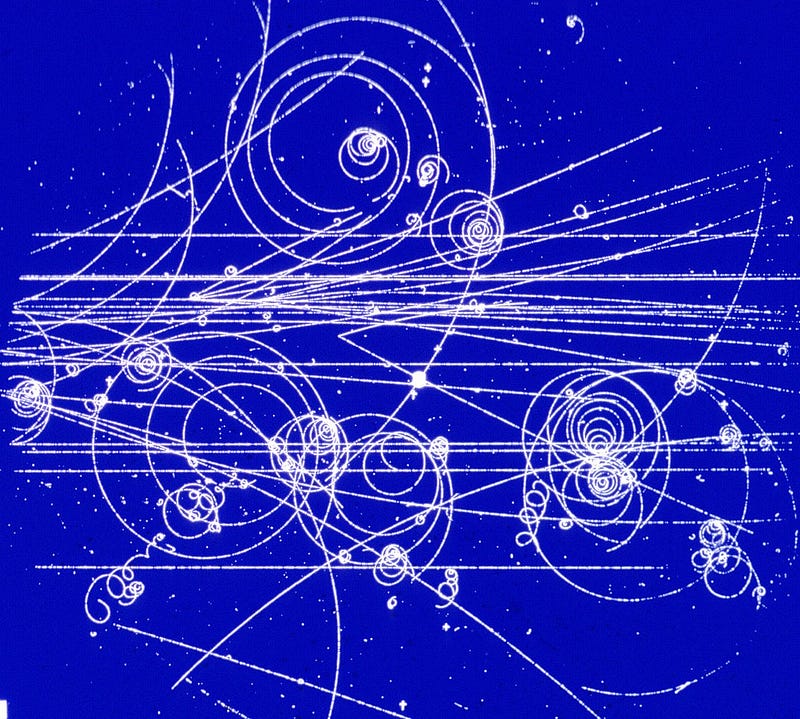
Because “all this” wouldn’t be very interesting if all the particles making up everything in the Universe didn’t interact with one another. One of the most stunning advances of modern science has been the ability to understand and quantify exactly how those interactions appear to work.
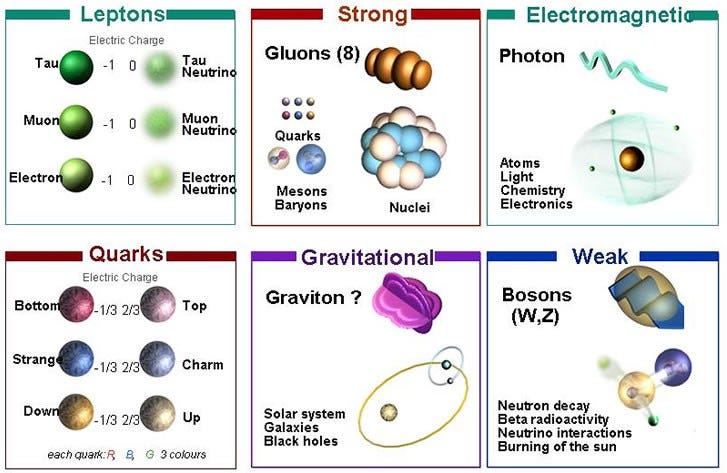
So when we talk about “all this,” we’re talking about:
- everything in the Universe,
- all the physical properties of all of the things,
- all the physical interactions they experience, with themselves and one another,
- and how it came to be this way.
That last one is, personally, my favorite part of the story.
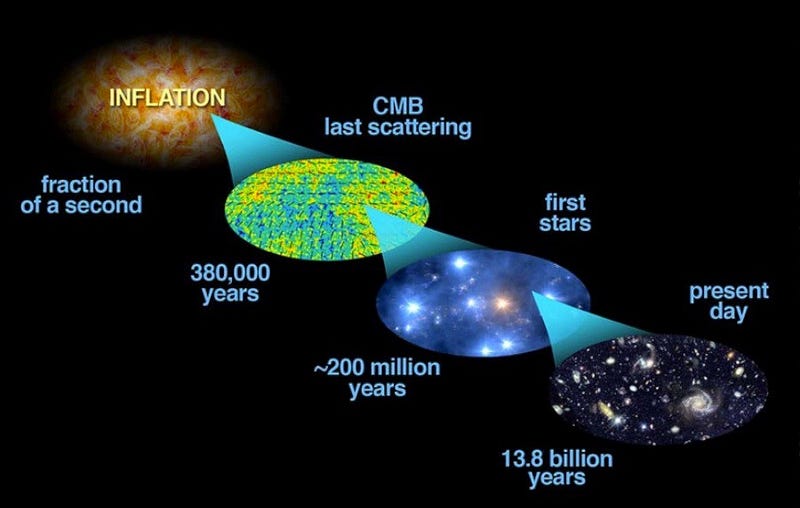
We can trace the story all the way back, using the known-and-accepted laws of physics, chemistry and biology:
- to a time when there was no life in the Universe,
- to a time before any planets existed,
- to a time before there were any elements heavier than the first few in the periodic table,
- to a time before the first stars formed,
- to a time when the Universe was too hot to form neutral atoms,
- to a time when not even atomic nuclei could stay bound together,
- to a time where the Universe was nothing but a hot, dense plasma of matter, antimatter and radiation,
- to a time even before that when the Universe was inflating, undergoing a period of exponential expansion. During these earliest stages, all the energy that would become matter, antimatter and radiation was locked up in a form that was inherent to space itself.
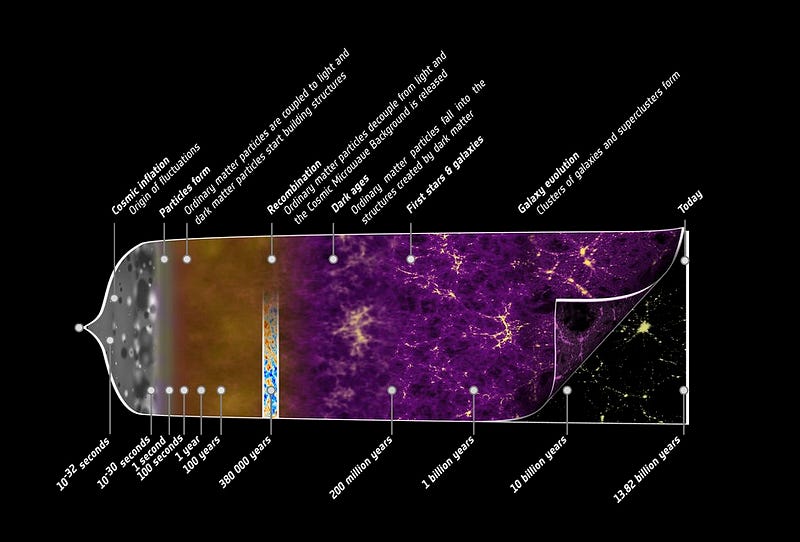
That’s the cosmic history of our Universe, to the absolute best of our scientific knowledge, and the story of where “all this” came from.
But even that amazing story doesn’t answer everything. Sure, it tells us where all the matter and energy in the Universe came from, it tells us how it evolved from an initial hot, dense, unstructured state to the ordered cosmic web of galaxies we see today. It tells us how matter interacts and forms bound systems, and explains phenomena from tiny, subatomic scales all the way to scales encompassing the entire observable Universe.
All of this — believe me — is no small feat! But we still don’t understand why the fundamental constants of the Universe have the values that they do. Why do the fundamental forces have the strengths that they have in this Universe? Why do particle masses or charges have the values that they do? Why is gravitation so much weaker than all the other forces?
At present, we can measure what these things are, what values they have and how they behave at different energies, how they appear to be constant throughout the Universe at locations billions of light years away (and in the past), as well as under a very large variety of physical conditions.
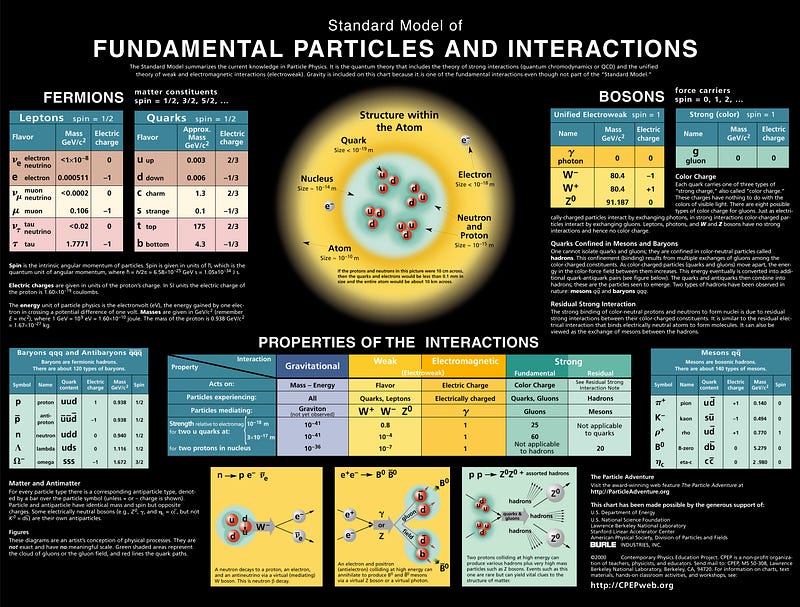
But where do the values of these fundamental properties come from?
Why does our Universe have particles and interactions with the properties that we observe them to have, instead of any other possibilities?
These are legitimate scientific questions, and there are many people working on uncovering legitimate theoretical answers to them. The general school of thought that these questions may have answers that are knowable to someone in this Universe is known as dynamics, or the notion that there is a physical answer to this question. The alternative is that “the Universe just kind of is this way and there is no knowable reason.”
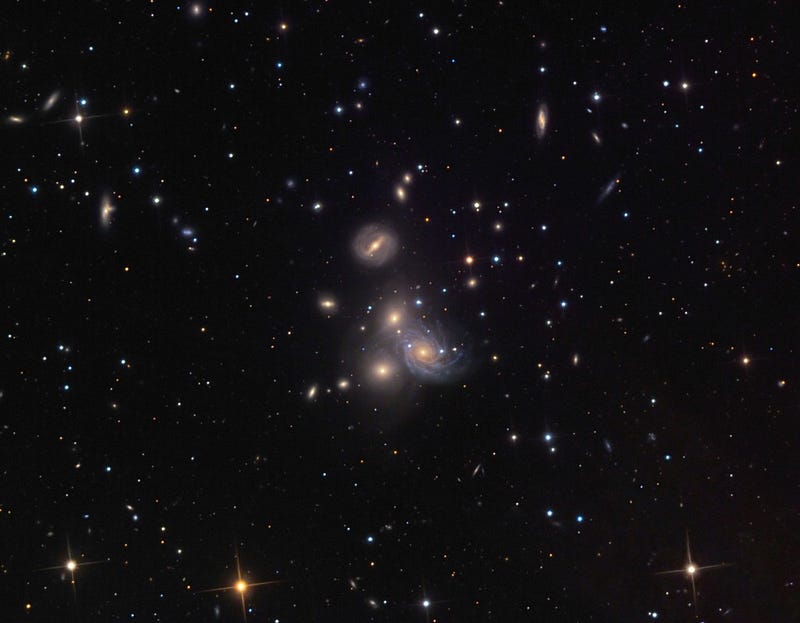
So, as scientists, we are left with two options:
- Work as hard as we can to find the dynamics that lead our Universe to be the way it is.
- Give up on dynamics, and make arguments to justify our ignorance.
And there are many scientists — surprisingly and frustratingly — who have chosen the second path.
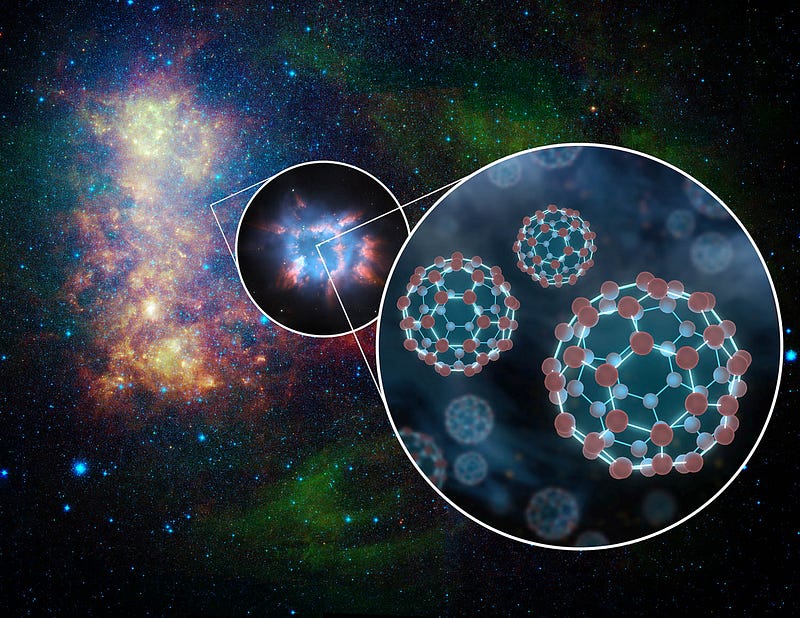
In a recent piece for Scientific American, Clara Moskowitz articulates the second option:
If that is true, it could help explain why our universe seems so special. The mass of the electron, for example, appears to be completely random—this value is not predicted by any known physics. And yet if the electron were any heavier or lighter than it is, atoms could not form, galaxies would be impossible, and life would not exist. The same goes for many other constants of nature, especially the cosmological constant—the theorized, but unverified, source of the so-called dark energy that is propelling the acceleration of the expansion of the universe. If the cosmological constant were different, and dark energy was more or less powerful, the universe would be drastically altered. and life as we know it wouldn’t be possible.
If our universe is the only one in existence, then we need some explanation for why it seems so fine-tuned for us to exist. If it is but one of many, however, then maybe each has different parameters, different constants, and one universe just happened to arrive at the values that enabled life.
This line of thought is exactly why I call the Anthropic Principle the most abused principle in all of science.

Simply speaking, the anthropic principle is the idea that the Universe is the way it is to us because it needed to be this way, or there would be no observers here to observe it. The fact that we are here, observing it right now, tells us that the Universe couldn’t have existed in a way inconsistent with the potential existence of intelligent observers.
This is true, of course, but that’s all we can learn from it. The question we want to answer is how: how did the Universe come to be this way, to have these properties? And saying “the anthropic principle” or (even worse) “the multiverse” simply isn’t going to cut it.
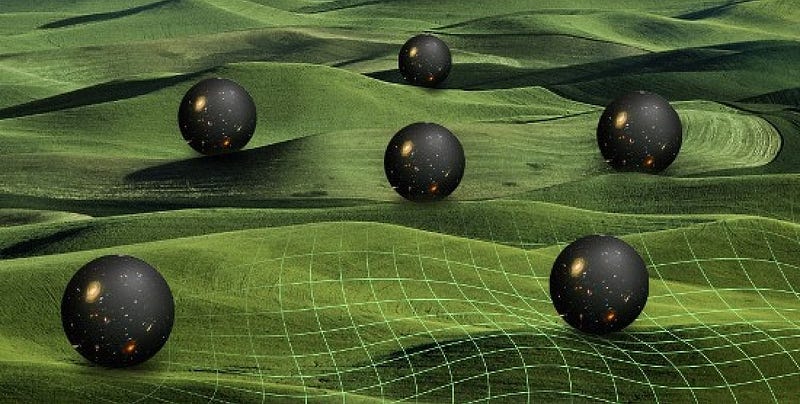
The Multiverse may exist to the best of our knowledge; we have very good reasons to think it probably does. But that does not mean — not by any stretch — that there are parallel Universes out there with wildly different physical constants, interactions or properties in general.
A statement or admission of our own ignorance, that we do not understand the dynamics that gave rise to the constants of our Universe, does not mean that there are none, that all values are taken on somewhere in some Universe, and that ours just happens to have the values it does, which are serendipitous to our existence.
That line of thinking not only isn’t even science, it’s a cop-out, and a distraction from those who are actually seeking scientific answers to the hardest of scientific problems out there.

The multiverse may be real, but it doesn’t hold the answer to the question of why the fundamental constants have the values they do. It can constrain what they must be, but that’s all the anthropic principle can do. To get the rest of the way there — to understand why our Universe has the properties it does — requires that we look for dynamics. They may not exist in an accessible way in our Universe, but we have to try, we have to look, and we have to ask.
The cost of giving up, of not looking for an answer that the Universe might actually reveal if we did, is far too high.
Recommended further reading (in order):
- All About Cosmic Inflation
- Why we think there’s a Multiverse, not just our Universe
- What is the Multiverse, and why do we think it exists?
- Throwback Thursday: Are Parallel Universes Real?
- The Most Abused Principle in all of Science
Have a comment? Weigh in at the Starts With A Bang forum on Scienceblogs!
